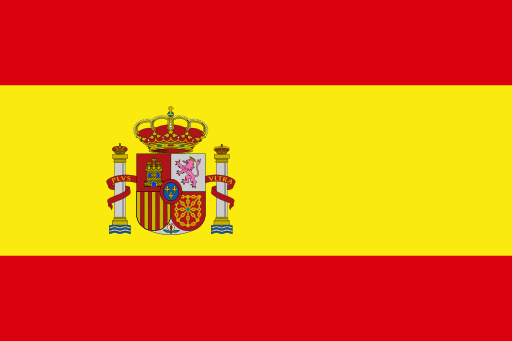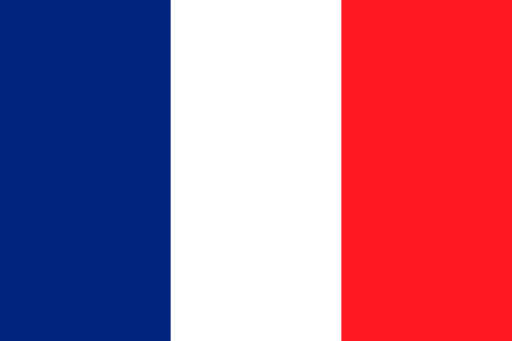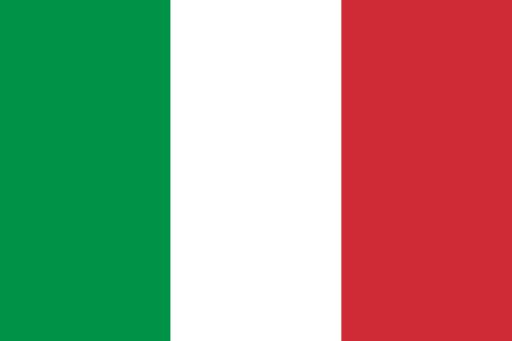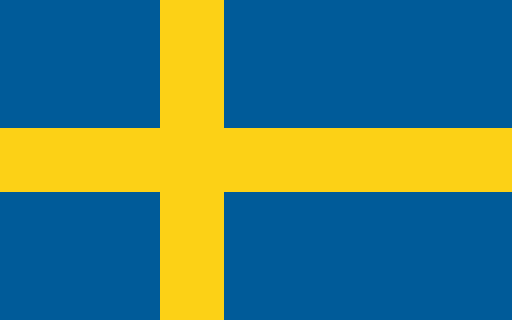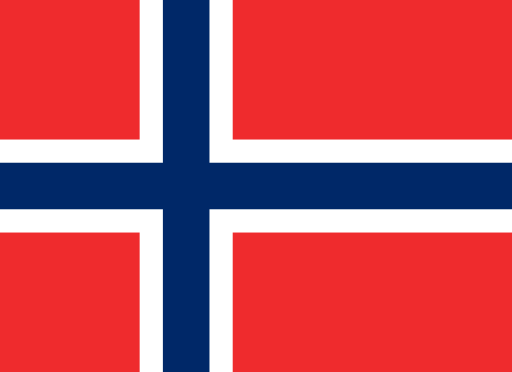|
|
 |
Articles
|
|
Controlling Speed
|
|
|
David Pascoe
http://www.new-dating.com/search.php
|
In a power boat, you have an advantage that sailors don't have. That is the ability to control your boat speed relative to wave speed, and along with the direction of travel, are the two most important factors. Controlling speed controls the effect a wave will have on a boat. Most people don't want to slow down when conditions get rough, but that is an inescapable necessity.
Following seas are those conditions where the direction of the waves is anywhere aft of a line drawn through the beam. When heading straight downwind, with waves heading exactly in the same direction as your boat, is known as a following sea. When that direction is a number of degrees off a line drawn down the center of your boat, these are called quartering seas. Seas at an angle off the bow are said to be on the forward quarter. Seas parallel to the centerline are called beam seas. Seas directly on the boat are head seas.
Regardless of direction, it is necessary to control your boat speed and choose the one speed at which the boat becomes most responsive and controllable. Going too fast in a following sea means that you'll fly off the top of one wave and bury the bow into the back side of the next. That's not good, so we need to find the right speed which yields the most comfortable ride while still keeping good control of the boat.
When following seas start to get really big, we have only two choices: either we slow down to the appropriate speed, or we have to change direction. If we put the seas on the aft quarter we can maintain a higher speed without stuffing the bow into the backside of a wave. On the other hand, we may not end up going in the direction we wish. (And here you may have thought only sailboats engaged in tacking) It then becomes a matter of whether our higher speed makes up for the extra distance we have to travel. Often times it does, making it advantageous to alter course 20-30 degrees.
Broaching
I briefly touched on the subject of broaching in Part I. Controlling a broach is a function of controlling boat speed. It is best to avoid broaches by never running into the backside of a wave at such a high speed that you loose control. Once it happens, the only thing you can do is chop the throttle immediately.
As with a skid in a car, don't try to steer out of it. It is best to hold the wheel where it is and let the slowing speed get you out of it. The danger is in allowing the boat to suddenly go broadside to the waves and possibly capsize. Once the bow is no longer buried in the wave ahead, you can use the rudder and throttle to quickly right your course.
Big head seas bring just about any kind of pleasure boat to a grinding halt. When waves get to around 5-6 feet and we want to head upwind, we're pretty much stuck with idle speeds. Unless, you want to try quartering the head seas and see if that won't get you where you're going at a higher speed without taking blue water over the bow. At a 45 degree angle you can increase speed only slightly. At 60 degrees a bit more, but makes it tough to get where you want to go.
Tacking back and forth in this manner certainly is not a prescription for going anywhere fast, but it can get you there eventually. That's why the experienced pilot will try to use lee shores to advantage. If you can use a course alteration to get in the lee of a shoreline, you may be able to get to your destination in a round about fashion without beating your brains out. What I'm referring to, of course, is finding ways to use irregular shorelines or islands to your advantage.
Many novice boaters get themselves in a pickle by heading out the inlet on a fairly rough day and go charging off in beams seas only to find that they can't get back so fast because to return they now have to take seas on the bow. The moral of this story is don't head out without considering how you're going to get back.
When waves get big, the steepness is normally (tides and currents excepted) a function of whether winds are steady, increasing or decreasing. As all fishermen know, just because waves are big doesn't automatically mean that these are impossible conditions.
Building winds are most dangerous and those likely to get us into trouble, for conditions are likely to worsen. Decreasing or dying winds means that the energy that causes or creates waves is decreasing and so wave steepness will decrease and spacing from crest to crest will increase. Though waves may still be quite large, they will permit the boat to go at higher speeds. The seas left over from storms can be very large, but not necessarily uncomfortable.
I learned this lesson back in the 1960's when, docked at Bahia Mar we were waiting for the Stream to calm down before crossing to Bimini. A cold front had been through and the wind had blown for nearly a week. Looking out over the ocean we could see nothing but big lumps on the horizon. There was big surf along the shoreline. Well, we waited and waited, and being on vacation, were seeing it go down the tubes.
Finally, I said to hell with it, let's just go anyway. It was pretty nasty along the shoreline, but much to may amazement, once well out in the Stream we had 12 foot swells rolling down from the north, but they were so big that it was like driving a car over rolling hills. It was a completely comfortable crossing. That was one of my first lessons that taught me that all waves are not created equal. The question becomes, what kind of waves are they? and from what direction? Arriving on the other side was a different story, where we couldn't enter the harbor for the huge surf breaking on the bar, so we went somewhere else instead.
Several day later in Nassau, for reasons I couldn't fathom, winds freshened out of the northeast again and kicked up a nasty chop in the 12-15 waters of the Bahamas Banks. Now where can we go, I schemed? We can't head into it toward Abaco, where I wanted to go, but we could head south to the Exumas, or go visit the mosquitos and no-see-ums in Andros. Just one problem: If we got down there, and the wind continued to blow northeast, as it is prone to do in winter, we wouldn't be able to get back.
Or could we? By studying the charts, I could see that it might be possible to plot a course down the less (western side) of the Exumas and stay in the lee of the islands. This was risky because there are nasty rocky shoals jutting miles out from each of the islands in the chain so that one cannot follow the lee shores closely. If you get too far out of the lee, the chop will get real nasty with the tidal currents between islands.
I decided to go for it and hope for the best. This proved to be a mistake. The shoals were worse than they appeared on the charts. I couldn't get anywhere near the lee shores of the Examas (since you can't read depths in real choppy water) and found myself surfing southbound in a thousand feet of water in the tongue of the ocean. We were going to end up trapped by sea conditions and topography and I had no choice but to turn around and head back. Sometimes you can't win.
Confused Seas
These are among the worst conditions, and don't necessarily have to involve large waves to be dangerous or make life at sea miserable. Confused sea conditions are best avoided since there is no getting around them and nothing one can do to make things better. Confused sea conditions occur as a result of major shifts in wind direction that occur quickly. This causes waves coming from differing directions, resulting in waves that are irregular and unpredictable.
They are mostly an oceanic phenomenon but do occur on large lakes or very large bays during or after thunderstorms, but will die down quickly on smaller bodies of water. But on oceans, confused seas can last for days after major fronts or hurricanes. Even large thunderstorms can have a significant affect on the ocean. Like throwing a rock in a pond, a storm or front can send out waves in different directions from the winds that caused them previously. The waves come together and make the surface very bumpy.
So called rogue waves are caused by two waves from differing directions coming together at oblique (very wide) angles. Like two boat wakes coming together, the net effect is to create a yet higher wave, up to two or more times the height of the originals. These can be downright dangerous due to their unpredictability. The best way to deal with them is to stay tied to the dock.
When caught out in confused seas, one needs to be particularly alert for those big ones that suddenly pop up out of nowhere. With a bit of experience one can come to anticipate them soon enough in advance to take evasive action.
We often hear reports of skippers describing boats "falling off a wave." They don't mean slamming in the ordinary sense, which is avoidable. A situation occurs that is the opposite of a rogue wave; instead of two waves coming together to make a taller wave. it happens that undulations from confused seas can create exceptionally large troughs. The boat hull can be on a hump and suddenly that hump just disappears out from under the boat. What happens is that the undulation moves away, the boat is left with nothing supporting it and it simply drops. Weird but true.
One can observe this very clearly on those days when there are confused swells as opposed to waves. It's very common in the wake of tropical storms.
Waves on Top of Waves
This is another dangerous sea condition. It occurs when waves get very large, and at a time when when winds and seas are still building. No pleasure craft should be out in these conditions.
|
David Pascoe
http://www.new-dating.com/search.php
|
|
|

